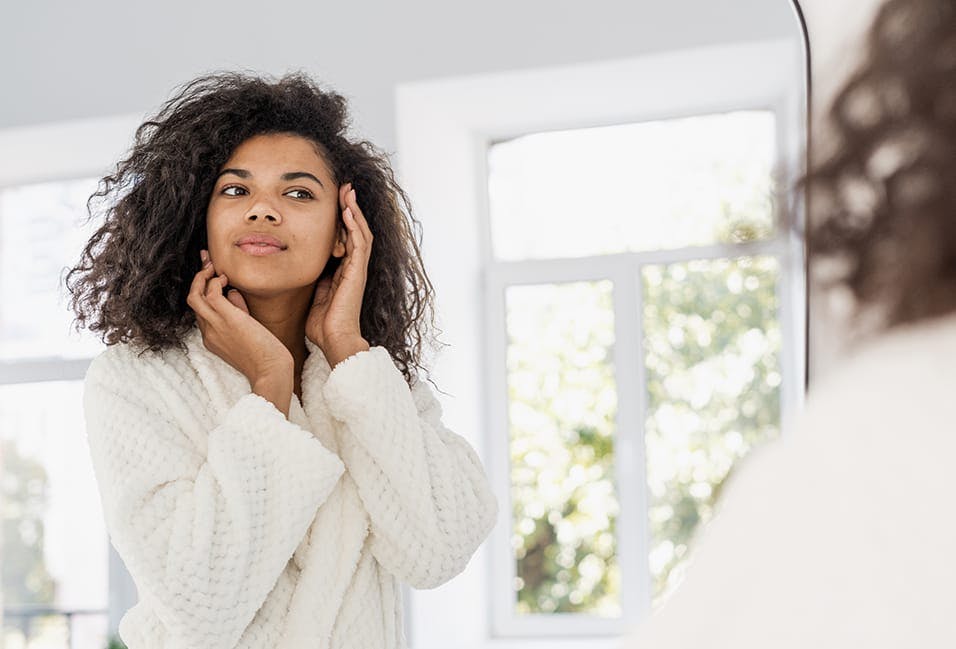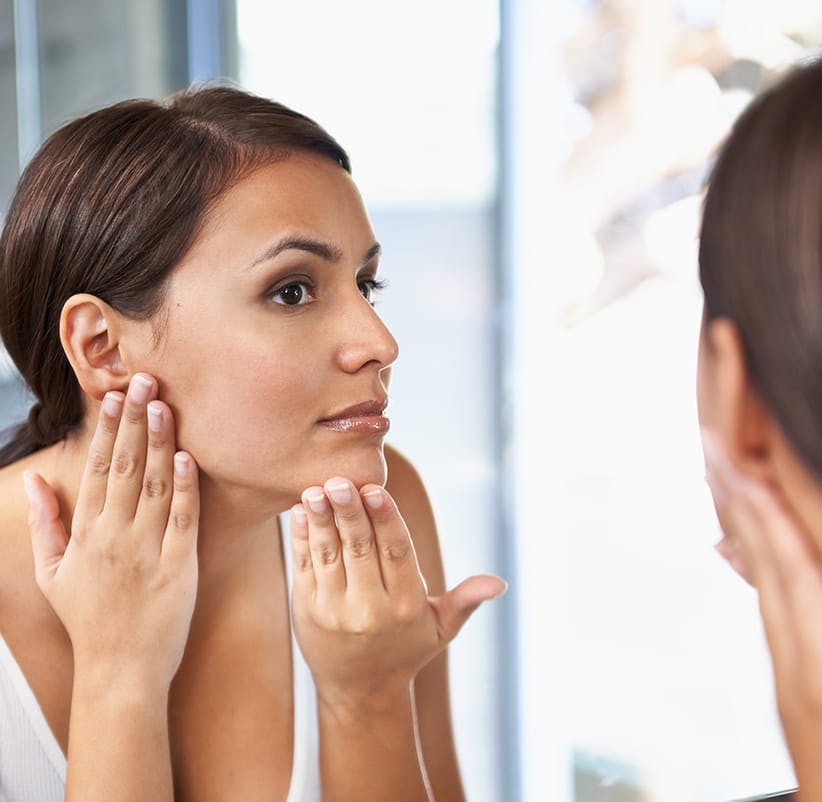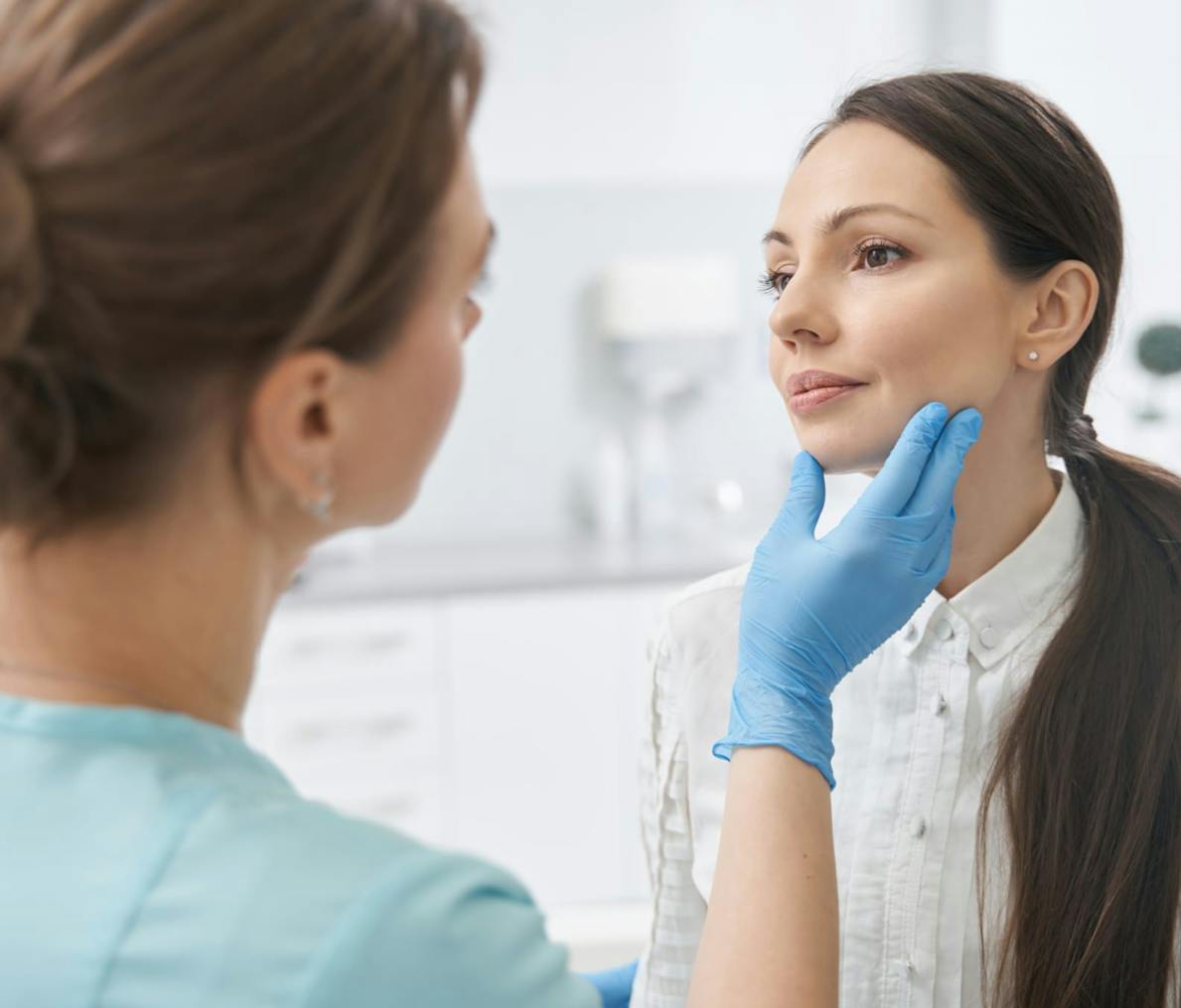Vitiligo is a disease that causes loss of skin color in patches, with discolored areas that usually get bigger with time. The condition can affect the skin on any part of the body, including the hair and the inside of the mouth.
The Symptoms of Vitiligo
Vitiligo can start at any, though it most commonly appears before age 30.
Some of the most common signs of vitiligo include:
- Patchy loss of skin color, which usually first appears on the hands, face, and areas around body openings and the genitals
- Premature whitening or graying of the hair on your scalp, eyelashes, eyebrows, or beard
- Loss of color in the tissues that line the inside of your mouth and nose (mucous membranes)






